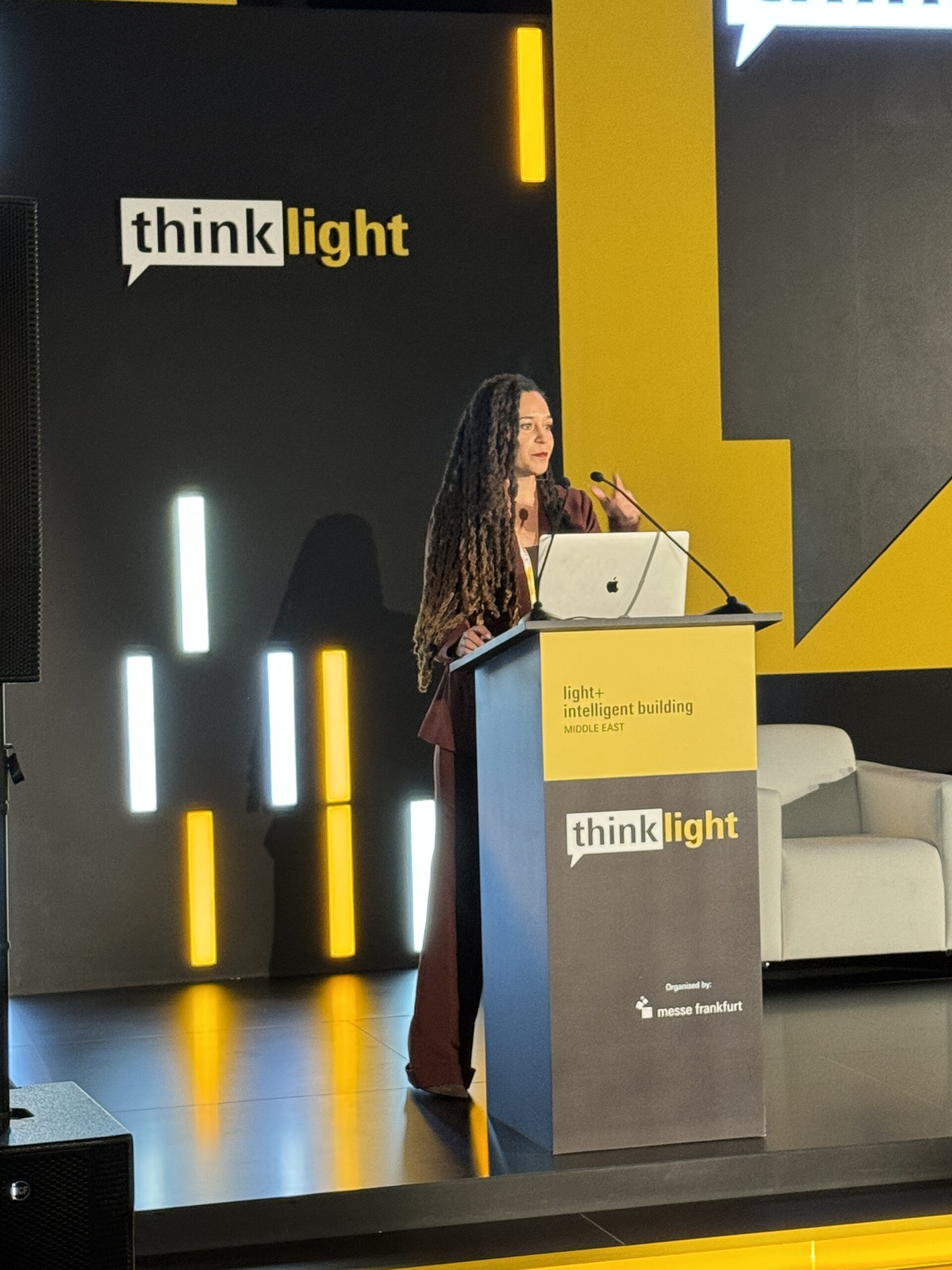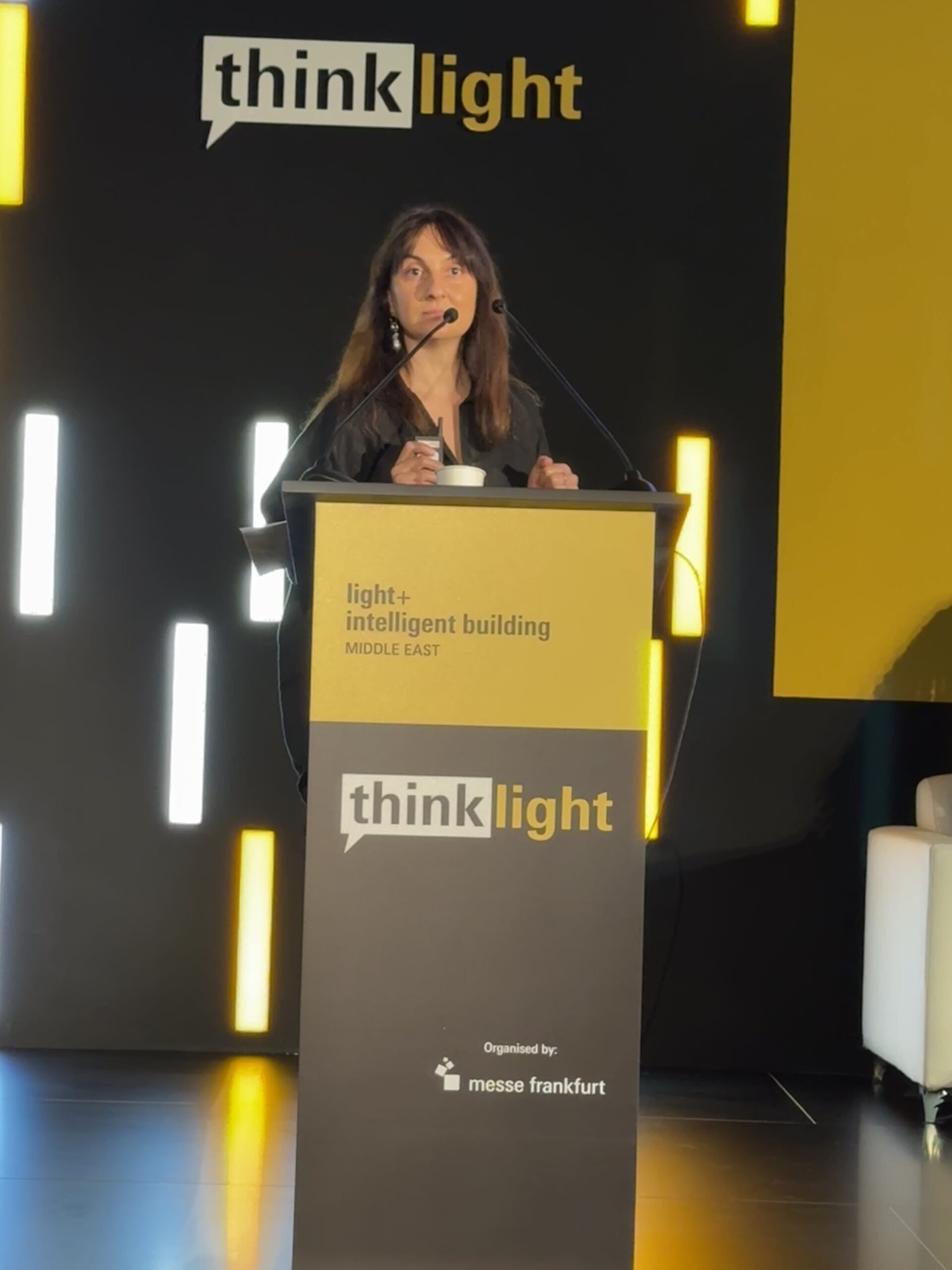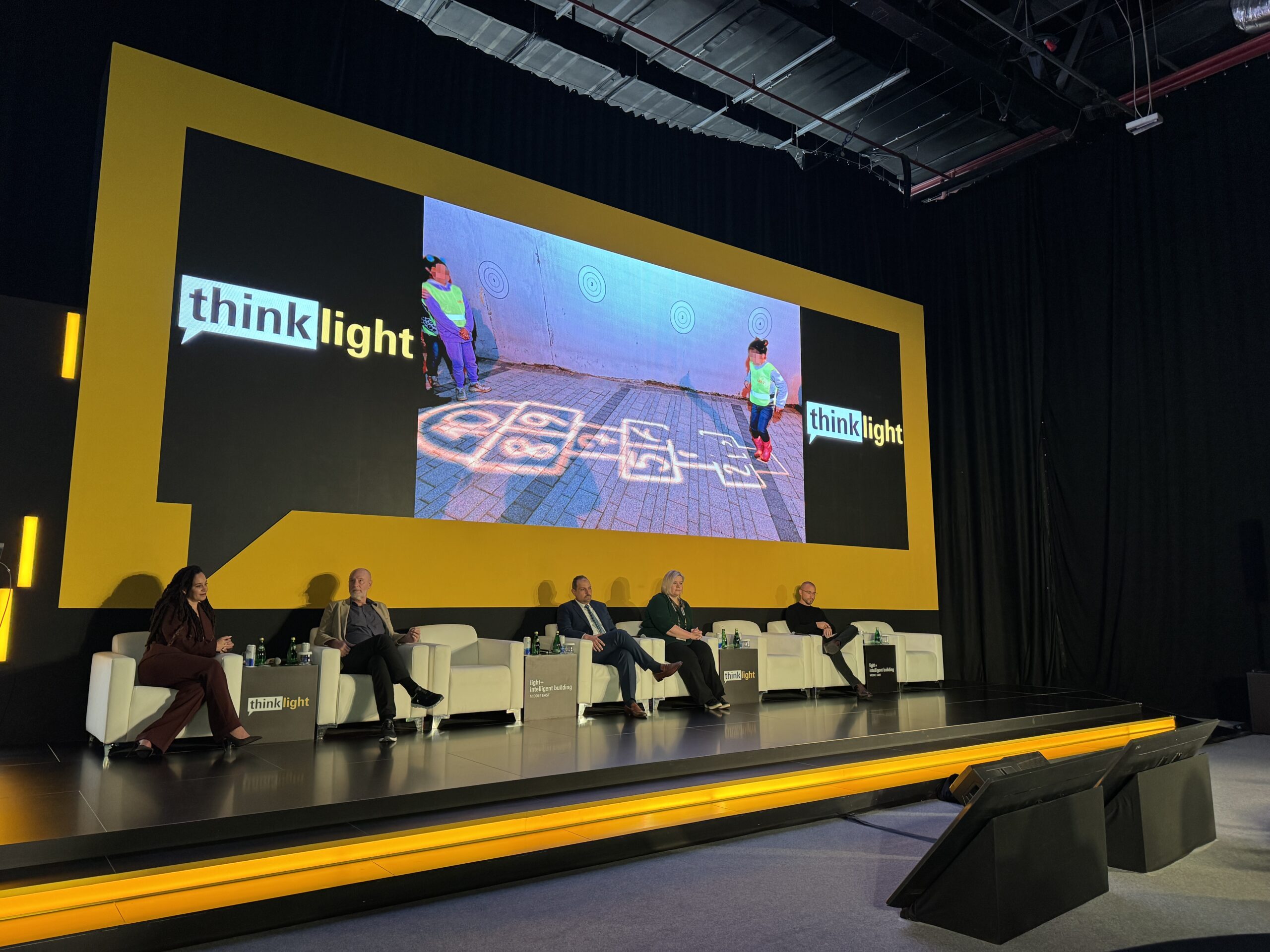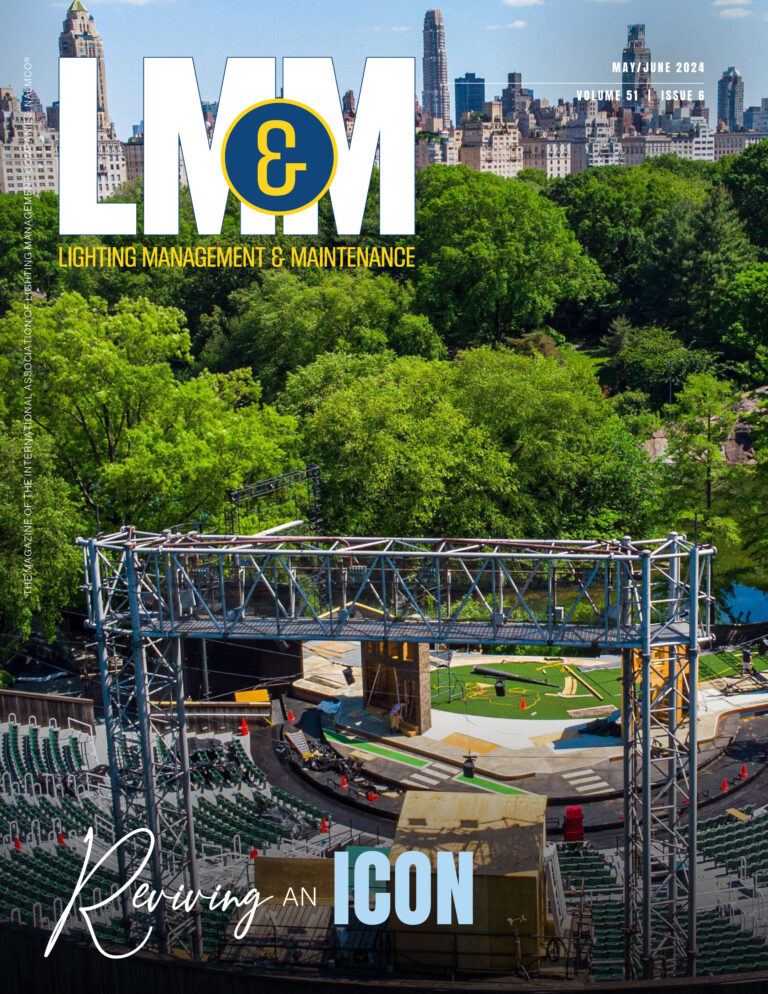In the opening session of Light Middle East in Dubai, Lauren Dandridge, Principal of Chromatic USA, delivered a compelling keynote speech that focused on Light Justice, a concept that sheds light on the disparities in urban lighting quality and its implications. Dandridge’s presentation was particularly powerful, enhanced by a series of poignant images depicting the stark reality of inadequate lighting in inner cities.

The keynote addressed how poor lighting quality is not merely a matter of insufficient infrastructure but is also a reflection of deeper socioeconomic issues. Dandridge underscored how areas facing economic hardships are often plagued with lighting that is not only insufficient but also contributes to glare and other visual discomforts, exacerbating the challenges already faced by these communities.
The conversation highlighted that the future of urban lighting lies not only in technological advancements but also in policy changes and community engagement. The panelists agreed on the necessity of a multidisciplinary approach, involving city planners, engineers, lighting designers, and the community to create lighting solutions that serve the needs of all citizens.
Following her keynote, Dandridge led a panel discussion titled “Enlightened Futures: Cities,” where she continued to explore the themes of her talk with a focus on urban environments.

Sebnem Gemalmaz of Arup, spoke next and focused on a transformative lighting project in a small town in Turkey. Gemalmaz adopted an unconventional yet impactful narrative technique by beginning her presentation with the final slide – a revealing image depicting a significant rise in social interaction and inclusiveness resulting from the lighting overhaul.
The core of Gemalmaz’s discussion was grounded in Maslow’s Hierarchy of Needs, illustrating how the project went beyond mere illumination to address the psychological and social requirements of the town’s inhabitants. Emphasizing that children were the primary beneficiaries of this project, Gemalmaz detailed a visionary plan to repurpose certain streets into permanent play areas. This innovative concept was not just about adding light but transforming the urban landscape into an inclusive playscape that welcomes children to play safely and freely. For example, she used lighting to project a hopscotch court on an abandoned street.

As the project director, Gemalmaz highlighted the social impact of inclusive nighttime planning, with a special focus on children as a vulnerable user group. The ultimate goal of the project was to foster a sense of belonging among the community members. By converting a street into a vibrant public playscape, the initiative aimed to become a beacon of inclusivity.
Subsequent to the lighting intervention, Gemalmaz presented compelling survey results indicating that children now feel safer in the area. The data illustrated a dramatic enhancement in social interaction and inclusiveness. These findings underscore the profound effect that thoughtful lighting and urban design can have on the fabric of a community, particularly when it nurtures the well-being of its youngest members.
Charles Stone, Principal and Founder of FMS, spoke about the need to design cities to offer light for the people. He showcased Little Island in New York City as well as Vancouver Water Park. He talked about challenges and opportunities and the difficulty of long-term designs given how technology continues to change.
Ruskin Hartley, Executive Director of Dark Sky International, asked the panel how designers could democratize lighting. He was initially met with silence and murmurs from the panel, reflecting the complexity of the issue at hand. After much silence and to ease the tension and invite discussion, Hartley rephrased, asking how design could be democratized so that everyone could benefit from quality lighting.
Charles went first, questioning the meaning of ‘democratize,’ which Hartley clarified by emphasizing the scarcity of lighting design stating, “Most lighting projects are not designed by lighting designers.”

Charles argued that although budget constraints are a reality, there is a silver lining. He expressed optimism, citing advancements such as improved codes, dark sky ordinances, and the widespread adoption of lighting fixtures with color temperatures of 3000K or lower—choices that benefit humans, animals, and plants alike.
Elisa Hillgen from Finland acknowledged the challenges, stating that while public organizations tend to fare better in implementing high-end architectural lighting, expecting a lighting designer on every project is not feasible, particularly in the private sector.
Lauren Dandridge, weighing in, addressed the difficulty in persuading those with financial influence to invest in community-centric development. In her view, the United States regards lighting designers as a luxury, particularly in multi-family housing projects. She posited that for democratization of lighting design to occur, the initiative must start from a higher level, emphasizing the need to educate communities to amplify the less-heard voices.
Chris Lowe, a Senior Lighting Designer, provided a historical perspective, noting that the lighting design profession hasn’t been around as long as architecture. The scarcity of lighting design is partly due to the profession’s relative youth; however, Lowe highlighted that the community is evolving rapidly.
The panel concluded that while the lighting design community alone cannot resolve the issue of democratizing lighting design, significant strides are being made. There is a consensus that education, policy changes, and an inclusive approach to community development are key drivers in ensuring that quality lighting design becomes a standard accessible to all.




